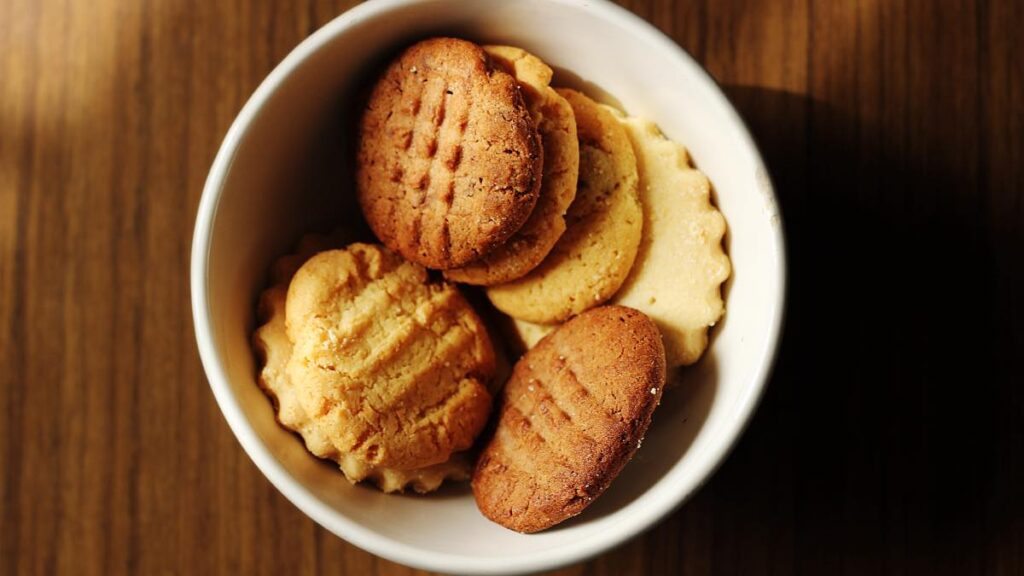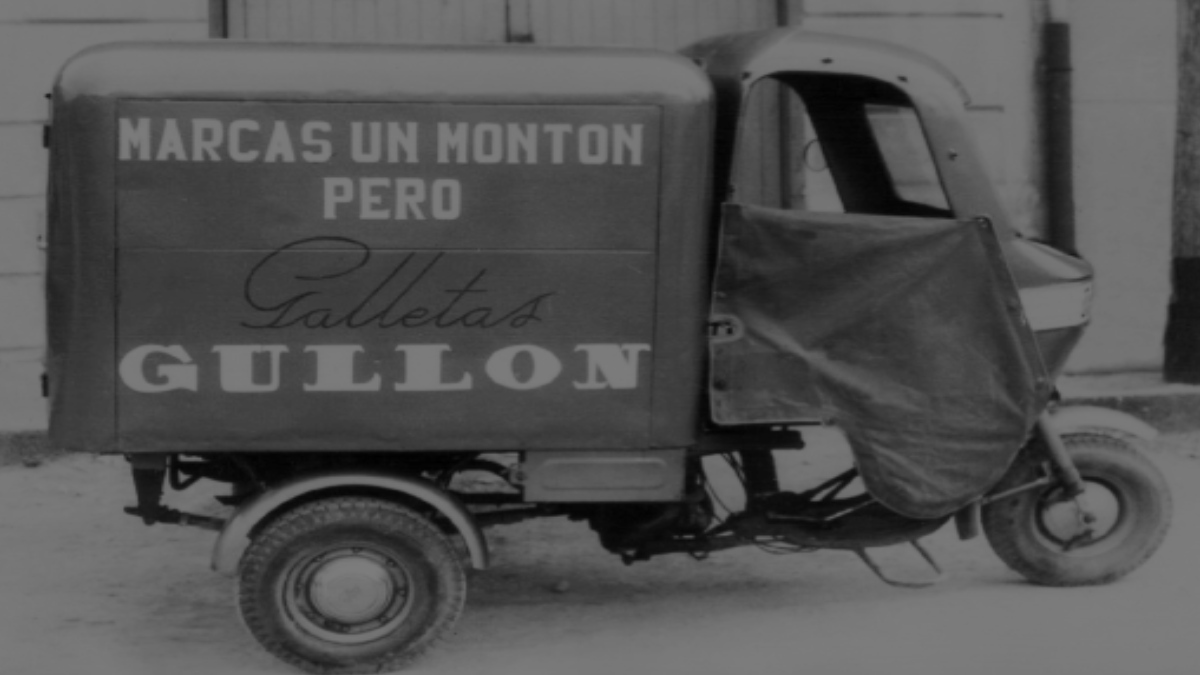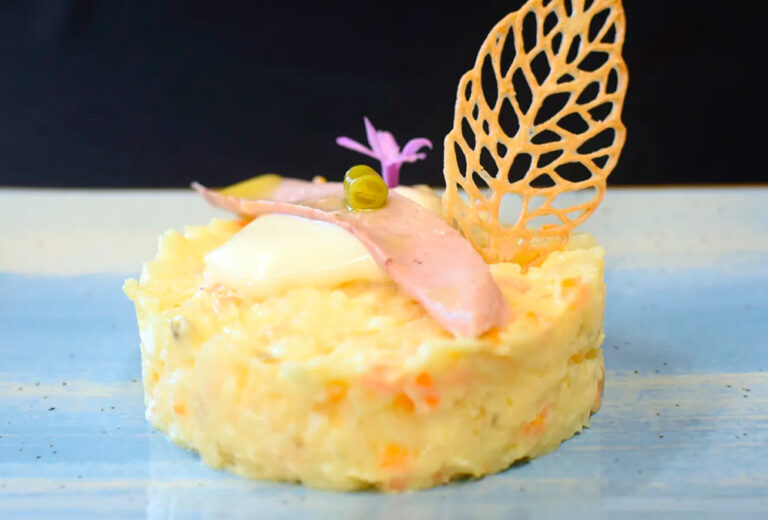Click here to read the Spanish version.
Hands up anyone who doesn’t like biscuits. Yes, we know they are not healthy, not even if you make them at home, a nutritionist would add. And we are talking about an ultra-processed food, we have all this information in mind, but can you resist eating a biscuit? And we say one, but the way they are conceived, tiny, sweet… they are designed so that, without even thinking about it, you will have eaten the whole packet or almost!
Indeed, biscuits are addictive, whatever type they are: savoury, butter, chocolate, oatmeal, coconut, for breakfast or even for dinner (yes, there are many women who, come winter, enjoy milk and biscuits for dinner). It’s a bit like when you eat seeds: it’s start and don’t stop.
But how did this ingenious invention, which nutritionists don’t like but which drives ordinary mortals crazy, come about? Let’s take a look at a bit of cookie history:
Everything indicates that the first biscuits were made a whopping 10,000 years ago and were the result of chance: by subjecting a cereal paste to high temperatures, the biscuit was born, which at the time did not contain yeast (it was very similar to unleavened bread). They were made by nomads because they were easy to transport and provided a lot of energy.

In Rome, in the 3rd century, it was already baked under a name: bis coctum, which sounds very similar to the English and French biscuit. In the Middle Ages, its consumption increased, and it was mainly eaten by peasants, ships’ crews, armies… It is said that from then on it began to be called “biscuit”, inspired by the French term gallette.
Be that as it may, it seems clear that it was the Medicis who represented a qualitative leap in its production. Thanks to them, the biscuit was refined and began to be seen as something more delicate, as it was served at their receptions. In addition, more ingredients began to be included in its production, which was still handmade.
Industry comes into play
Industrial production took place in the 19th century, when it began to be produced in factories, considerably increasing its production, basically because the shipping companies demanded a lot of biscuits. Logically, it was a product that could be preserved for a long time, something that was of interest on the great voyages of the time.
We can say that the 19th century was the century of biscuits: in France, Louis Lèfevre Utile managed to compete with British biscuits, which were all the rage in Europe at the time, and came up with the petit beurres LU, with their saw-shaped edges, which became one of the most famous biscuits in the neighbouring country – there is not a schoolboy who has not taken them as a snack at some point.
In Scotland, on the other hand, they were made with oat flour, giving rise to oatcookies, which would arrive in Australia with the emigrants and which would end up giving rise to the so-called Anzac biscuits.
It was at the beginning of the 20th century when the big biscuit manufacturers began to appear: United Biscuit, Krafts, Nestlé… And small producers by country, such as Fontaneda or Gullón in Spain. In fact, in 1965, 22.8% of national biscuit production came from the factories in the Palencia town of Aguilar de Campoo: Fontaneda, Gullón, Ruvil, Tefe and Fontibre were based there. In any case, this was the century of the biscuit, as world-famous brands such as Cuétara, Artiach, Oreo… were born.
In 1930, peanut butter was introduced in the manufacture of biscuits in the USA and seven years later, in 1937, Ruth Graves Wakefield invented the first chocolate chip biscuit: the cookie was born.
Fontaneda, one of Spain’s best-known brands
But let’s go to the national territory and see what was baked in Spain and which brands were the leading ones in their day. The national biscuit baking oven was in the town of Aguilar de Campoo, and it was not surprising considering the wheat fields in the area. There was Fontaneda, Gulllón, nearby was the Siro group and further north, the Artiach family in Bilbao, makers of the Chiquilín biscuit, well known throughout Spain.
Eugenio Fontaneda was the precursor of the brand when he opened a confectionery shop in the village in 1881. His thing was sweets, but it was his son Rafael who launched the biscuit, and in 1923 he opened the first biscuit factory in the town. Rafael had first heard of the Maria biscuit in England, where it had been launched by the English confectioner Peek Freans on the occasion of Maria Alexandrovna’s wedding in 1874.
They called the biscuit Marie biscuit by putting the bride’s name stamped on the biscuit. It was a hit because of its flat, rounded shape, the low humidity, which allowed it to be dipped in liquid without crumbling, and because it was thin, crunchy… and also cheap. The biscuit was a total success there and in Spain, above all because it was very cheap to produce: “We’re talking about a dry biscuit, a bit bland, you dip it in tea or coffee and it doesn’t change the taste and, above all, it was very cheap to produce because it had very little sugar and little butter”, explains Carlos Moreno Fontaneda, grandson of Rafael Fontaneda and owner of the Perro y Galleta restaurants in Madrid.
La María Fontaneda, a commercial success
And so, due to price, the production of María Fontaneda biscuits skyrocketed, which was undoubtedly the queen of the house, although they had other brands such as Campurrianas or Melindros biscuits. The restaurateur recalls that he used to eat María biscuits for breakfast and tea: “I used to put butter and sugar on them”, he explains. This was a very common snack for children in the 1980s.
In the north, meanwhile, the Artiach family also had another brand that was very well known to children in the eighties, Chiquilín biscuits. The creator of this brand was Gabriel Artiach Gárate, who was a great film buff. In fact, his love of the big screen is what explains the name Chiquilín. For those who don’t know the biscuit, it is square and its merchandising shows a boy with a cap and a cheeky look. Gabriel Artiach was inspired by actor Jackie Coogan, who appeared as a child in Chaplin’s film The Kid, to name the sweet and thus the biscuit and its brand image were born. Chiquilín, unlike Fontaneda’s María, had butter, honey, egg yolks, sugar, flour and a pinch of coconut, which gave it a very particular flavour and made it irresistible.
And, as we have already mentioned, the biscuits are designed to be addictive, to entice the palate and make you want to eat another and another: “From the industry’s point of view, they are absolutely perfect. They crunch, they’re small (you can eat more than one), they’re sweet, they have just the right amount of salt…. They have everything to be one of the products destined to be eaten again and again. The worst thing about biscuits is that there aren’t any healthy ones, they are ultra-processed, there aren’t any healthy ones no matter what you put in them”, comments the expert Gemma del Caño, who recommends very sporadic consumption for the sake of our health and our kilos.
In terms of weight, there is another Spanish brand that also made a splash with its biscuits. We are referring to Gullón, also located in Aguilar de Campoo: they were pioneers in the ‘healthy biscuit’ sector, if the two terms can go together. They launched the first wholemeal biscuit in 1979 and the first biscuit made with vegetable oils in 1986. The driving force behind this segment was María Teresa Rodríguez, who was at the helm of the company until 2019, when she handed over the reins to her daughter Lourdes Gullón: “In the 1980s, with my mother, María Teresa Rodríguez, at the helm, Galletas Gullón began to focus on specialisation, being the pioneer in introducing the first healthy biscuits in Spain with the first wholemeal biscuit and the first made only with vegetable oils, without animal fats. Healthy biscuits are the main lever for the growth of our exports, which now account for more than 40% of our turnover”, says Lourdes Gullón.
The firm is the only century-old family-owned biscuit company in the sector since the Fontaneda family sold its factory and brand to Nabisco in 1996.
For a long time, the biscuit had no competitor when it came to breakfasts and snacks: on its own, with milk, spread with butter, with cocoa cream…. But then consumer habits changed and cereals arrived, and this was reflected in the sales figures of biscuit producers: the breakfast market was no longer in their hands alone. Another element that affected their sales was undoubtedly the increase in nutritional information in the hands of the consumer: we are taking more and more care of ourselves, measuring the calories we eat and trying to avoid ultra-processed products.
But the biscuit will still be with us, that little guilty pleasure to accompany tea or coffee, for breakfast or an afternoon snack, because you know, who’s bitter about a sweet?





